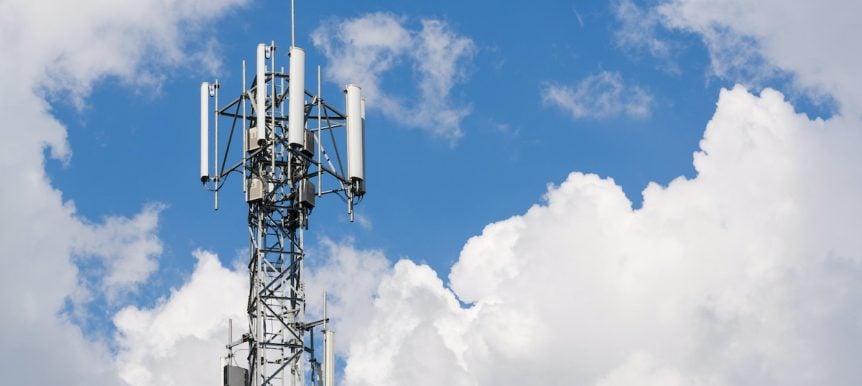NYU WIRELESS Research Featured in Microwave Journal

The NYU WIRELESS research group was recently featured in the Microwave Journal with their paper titled “Small Wavelengths – Big Potential: Millimeter Wave Propagation Measurements for 5G.” Ph.D. students Sijia Deng, Christopher Slezak, and George MacCartney collaborated with Prof. Rappaport on this research, introducing wideband millimeter-wave propagation measurements and the sliding correlator channel sounder system used to measure millimeter wave channels in New York City.
Several recent propagation measurement campaigns were conducted by the NYU WIRELESS research center in indoor and outdoor environments at the 28 and 73 GHz millimeter wave bands, resulting in directional and omnidirectional path loss models and multipath time delay spread characteristics. These results will help engineers design future millimeter wave wireless communications systems and will assist in the standardization of millimeter wave wireless networks.
“With the recent advances in integrated circuit and antenna technology, it’s now possible to inexpensively and reliably manufacture wireless devices that operate at millimeter wave frequencies,” said Dr. Rappaport, Director of NYU WIRELESS. “For the past 2 years, NYU WIRELESS has been a major contributor to the 5G research revolution, and our successful ongoing millimeter wave exploration only further helps our students become leaders for the next generation of wireless innovation.”
Unlike previous generations of cellular technology, 5G will make use of millimeter wave bands while also using existing UHF/microwave frequencies.NYU WIRELESS was the first to discover that uncharted millimeter wave spectrum is viable for future use, and is carrying out carefully planned measurements in order to develop channel models to support equipment design and the standardization process for future air interfaces.
Until now, millimeter wave frequencies have not been widely used for personal communications because of lacking electronics components and an industry belief that rain and other atmospheric issues are too dense for mobile communications. This new wave of wireless research will enable millimeter wave cells to be deployed in urban areas regardless of the weather and terrain. Pioneering works were recently described in the September issue of IEEE Spectrum.

 Biden-Harris Administration Awards Wireless Innovation Fund Grant to Sundeep Rangan & Team
Biden-Harris Administration Awards Wireless Innovation Fund Grant to Sundeep Rangan & Team Governor Kathy Hochul calls on Professor JR Rizzo to Help Boost Accessibility for NYC Commuters
Governor Kathy Hochul calls on Professor JR Rizzo to Help Boost Accessibility for NYC Commuters With NSF and Industry Support, NYU WIRELESS Aims to Harness the THz Spectrum for Amazing Possibilities
With NSF and Industry Support, NYU WIRELESS Aims to Harness the THz Spectrum for Amazing Possibilities








